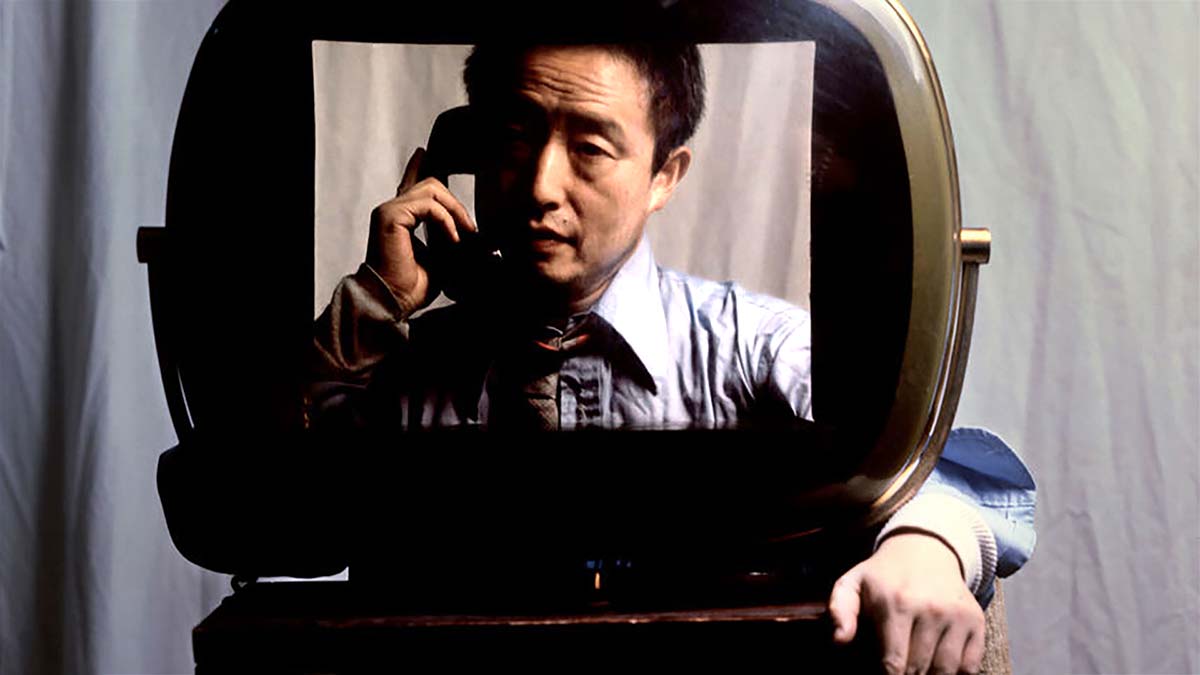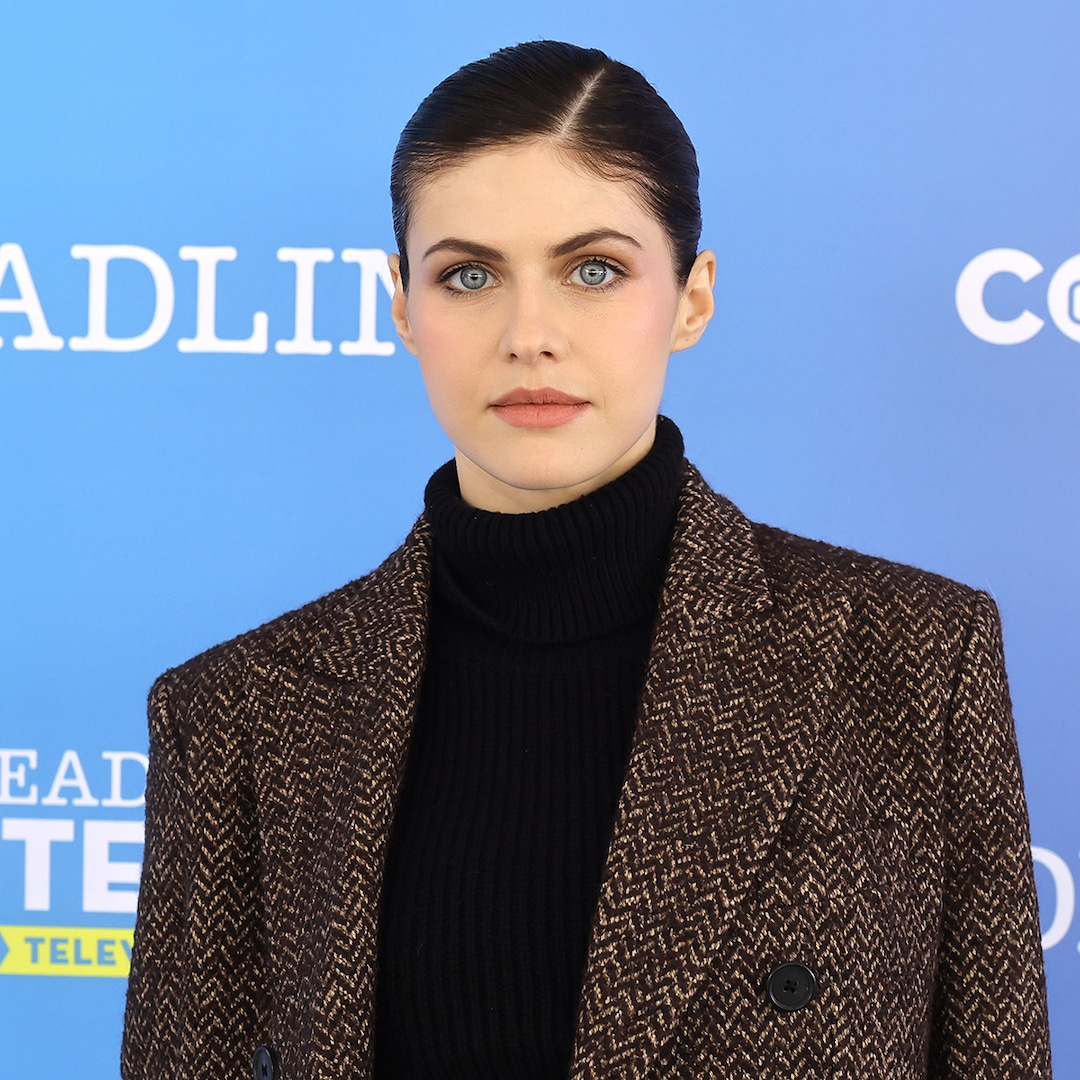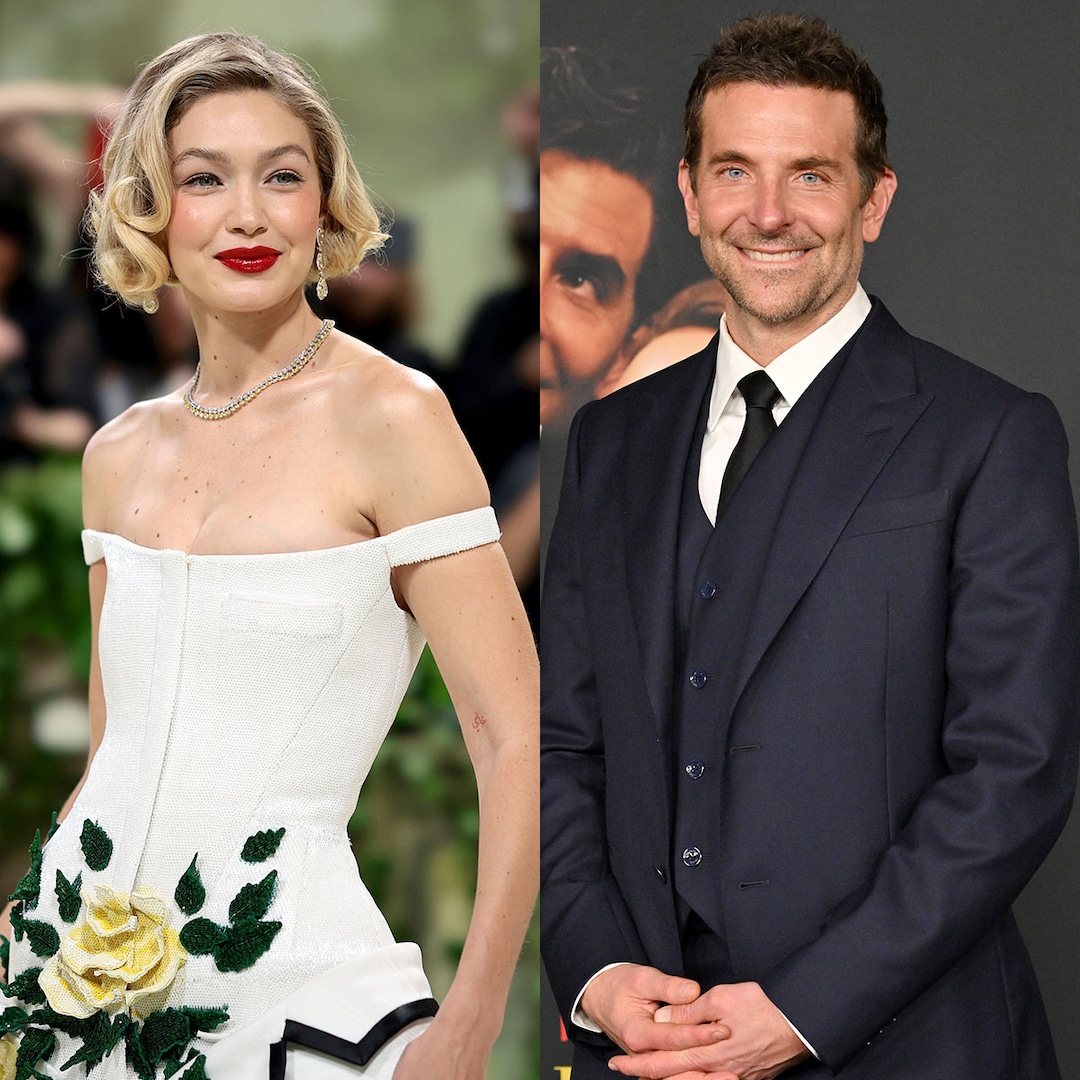
The Founder Of Video Art Gets A Documentary That is Never As Radical As Its Subject [Sundance]
Feb 13, 2023
The avant-garde video artist Nam June Paik gets his own adulatory portrait in Amanda Kim’s documentary “Nam June Paik: Moon is the Oldest TV.” An act of biographical recovery that also, somehow, flattens a controversial artist, Kim’s film provides just enough contextual information to maintain interest, even if it’s never as radical as its titular subject.
READ MORE: 25 Most Anticipated Films At The Sundance Film Festival
Moving succinctly from birth to death, Kim provides a broad overview of Paik’s history and aesthetic interests. Born in Korea before immigrating to Germany to study music history, Paik quickly fell in love with the avant-garde compositions of Arnold Schoenberg and, most influentially, John Cage. Adopting their experimental forms, Paik immigrated to New York City in the early 1960s and began a career that would merge his interests in new technological forms and radical art, becoming a founding member of the Fluxus movement — a movement that emphasized process over product.
Yet, for a film about an artist who broke down the barriers of how we perceive interactions between technology and humanity — creating a cello made up of TVs or a moving robot that recited JFK speeches — ‘Moon is the Oldest TV’ is sometimes frustratingly linear. It’s essentially standardized, moving through Paik’s life chronologically. That’s not to say that Paik is undeserving of this type of route biography, but Kim seems more attuned to the wavelength of a traditional hagiography than any approach that Paik took in his own work.
On the other hand, Kim’s conservative style also sheds light on a somewhat marginalized figure in the avant-garde art community. While Yoko Ono and, to a lesser extent, Jonas Mekas are more recognizable about the Fluxus movement, Paik’s prophetic visual pieces foretell the internet age’s discord and fragmentation. His pieces also gave a particular type of credibility to the larger video artistry movement, even if the film isn’t particularly interested in contextualizing his work outside Fluxus.
When ‘Moon’ works best, it’s placing Paik’s work alongside the pop art he inspired, zooming out of the particular pieces or installations. A series of juxtapositions place Paik’s work against music videos, particularly the Talking Heads’ “Once in a Lifetime,” showing the depth of his influence on burgeoning short-form videos in the ’70s and ’80s. The use of overlaid images that he pioneered began to show up everywhere during that period. Also, his claim that the TV Guide will one day “be as thick as the Manhattan phonebook” feels a lot like the current television landscape, and his “TV Buddha” sculpture is, as one scholar notes, prescient for its invocation of selfies.
Further, in the final third, the film turns toward the internet. While Paik’s notoriety, perhaps, comes from coining the term “information superhighway” (before Al Gore, as one interviewee cheekily puts it), his thoughts on the nonlinearity of media consumption are much more fascinating. As Paik notes, the internet is more like an ocean, with its recursive waves of information repeatedly enveloping users. His work reflected this ethos, as his installations seemingly overwhelmed visitors with television sets playing different media types simultaneously.
Kim utilizes voice-over and collage to convey Paik’s prescience, having friends and scholars talk about his work while also leaning on home videos to show his various pieces. While it’s exciting to see Paik interact with, say, Allen Ginsberg or try to stage his disastrous “Good Morning, Mr. Orwell” installation — a live 1984 New Year’s collage that combined live and taped segments — anyone with a passing familiarity with Paik, his work, or even the Fluxus movement, will find little new with ‘Moon.’
The film barely glosses over his personal life, zooming past his upbringing in Korea and relationship with his family and only suggesting a “tumultuous” relationship with his wife, fellow artist Shigeko Kubota. We never really get a sense of who Paik is outside of the work he created, a conscious choice by the filmmakers that, nevertheless, feels slight. Early on, Steven Yeun (a producer on the film) shows up to read a quotation of Paik’s, but this voice-over just as quickly disappears.
While Kim’s encyclopedic dive may not offer much revelatory information, it nevertheless acts as an insightful and streamlined primer into Paik and his work, allowing fellow artists and critics the time and space to speak about Paik and the radical shift towards video art. [B-]
Follow along with all our coverage of the 2023 Sundance Film.
Publisher: Source link
Laverne Cox Reacts To Donald Trump’s Election Win
Laverne Cox discussed why she's considering leaving the US following Donald Trump's win in the 2024 election. In a new interview with Variety, Laverne said that she and several friends were considering a move: "We’re doing research on different cities…
Nov 14, 2024
Alexandra Daddario Reveals Postpartum Body 6 Days After Giving Birth
Alexandra Daddario Shares Candid Photo of Her Postpartum Body 6 Days After Giving BirthAlexandra Daddario is embracing new motherhood. Days after welcoming her first baby with husband Andrew Form, the White Lotus alum shared a photo of her postpartum body…
Nov 14, 2024
Fans Are Reacting To Rihanna's Recent Comments About Shifting From Her Music Career, And They're Worried To Say The Least
"She tryna tell yall that she not releasing any music baby," one user wrote.View Entire Post › Disclaimer: This story is auto-aggregated by a computer program and has not been created or edited by filmibee.Publisher: Source link
Nov 13, 2024
Gigi Hadid & Bradley Cooper Twin During Limitlessly Chic NYC Date
A twinning moment is born. Gigi Hadid and Bradley Cooper—who have been quietly linked since October 2023—proved their romance is as strong as ever as they stepped out in coordinating looks for a stroll in New York City on Nov.…
Nov 13, 2024











